How to plant shrubs – when, where and the best method for planting
Learn how to plant shrubs to get them off to a good start and ensure they thrive in your garden for many years
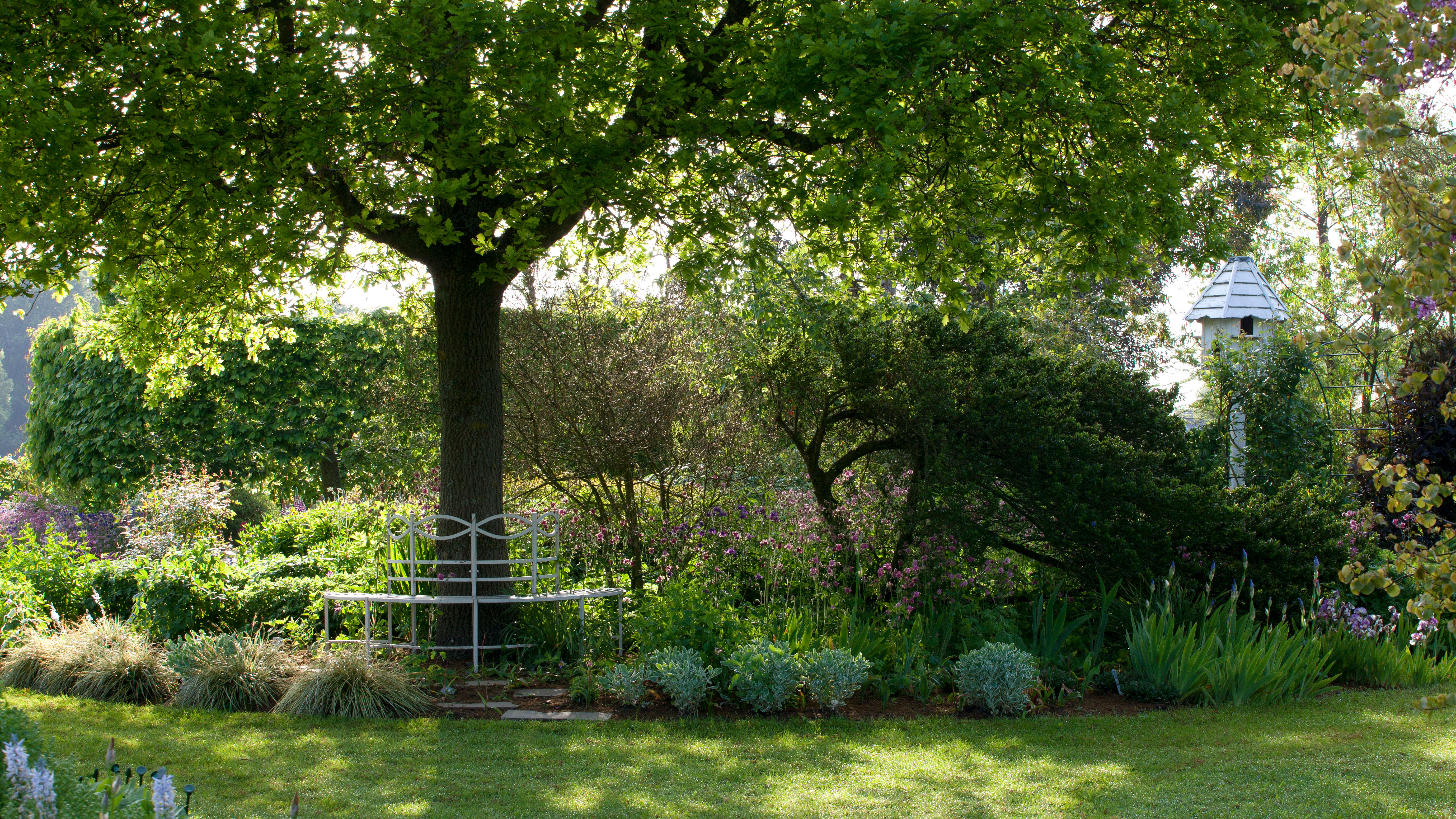

Whatever the size of your backyard you'll need to know how to plant shrubs as these – especially evergreens – will form the structural backbone to other planting.
There are a number of factors to consider before you plant shrubs, including when to plant them, the best location for them, and if they are suited to the soil in your garden.
As part of your garden ideas there will be many deciduous or evergreen shrubs to choose from that will suit the conditions in your front or backyard.
How to plant shrubs

Before you plant any shrubs – evergreen shrubs or otherwise – in your backyard, ensure that you have all the equipment needed. There are just a few basic essentials to have at hand.
You will need:
- Garden spade or fork;
- Watering can;
- Gardening gloves;
- Compost;
- Mulch – this can be made from a variety of organic matter such as bark, leaves or grass clippings that you will use widely if permaculture gardening.
What is the best time to plant shrubs?
The best time to plant shrubs depend on the type of shrub, and whether it will be planted direct in the ground, or as part of your container gardening ideas.
You might be eager to establish some plants in your garden as soon as possible and choose fast growing shrubs for that reason. However, if you plant them at the wrong time of year you are less likely to be guaranteed successful results, so follow this guide.
Design expertise in your inbox – from inspiring decorating ideas and beautiful celebrity homes to practical gardening advice and shopping round-ups.
DECIDUOUS SHRUBS – those that lose their leaves in fall and winter – are best planted in fall during their 'dormant' period, when they are not growing, similar to if you are planting bare root trees.
'Fall is the best time because the soil is still warm enough to encourage some root growth before winter. This helps the shrub establish quickly,' explain the experts at Crocus.
EVERGREEN SHRUBS – keep their leaves all year round so the best time for planting these is in spring, which gives them time to establish before winter. Evergreen shrubs, contrary to their name, can come in a variety of colors, with differing flowering periods, so are a valuable addition to any garden.
CONTAINER SHRUBS – can, in theory, be planted at any time of year, but for best results plant them between fall and early spring.
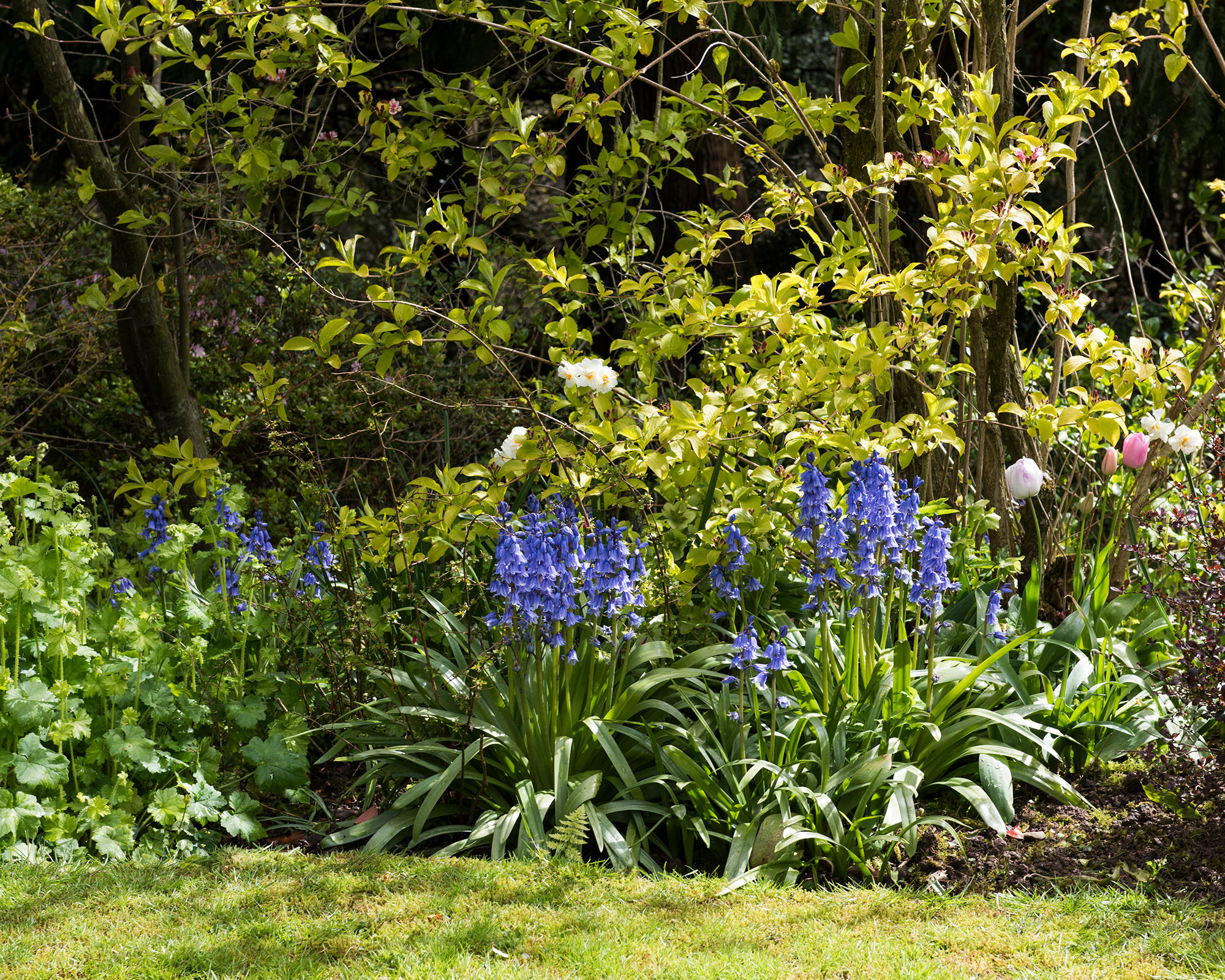
Where should you plant shrubs?
An important part of how to plant shrubs is where to plant them. This depends on the variety that you have chosen, whether it is deciduous or evergreen, and the conditions in your front or backyard.
Does the shrub like a sunny position, 'or is that specific plant a shade or partial shade loving plant?' explains Fiona Martin from Burncoose Nurseries.
'It is also worth considering if the spot has dry soil or wet soil and the soil requirements for the plant. For instance, do they like acidic soils, can they handle a chalk or clay soil?' she adds.
Some shrubs may prefer fertile, moist and well-drained soil; others might thrive in dry soil under trees.
Carefully check the preferred exposure to sunlight and soil type of the chosen shrub and see if you can match these in your garden.
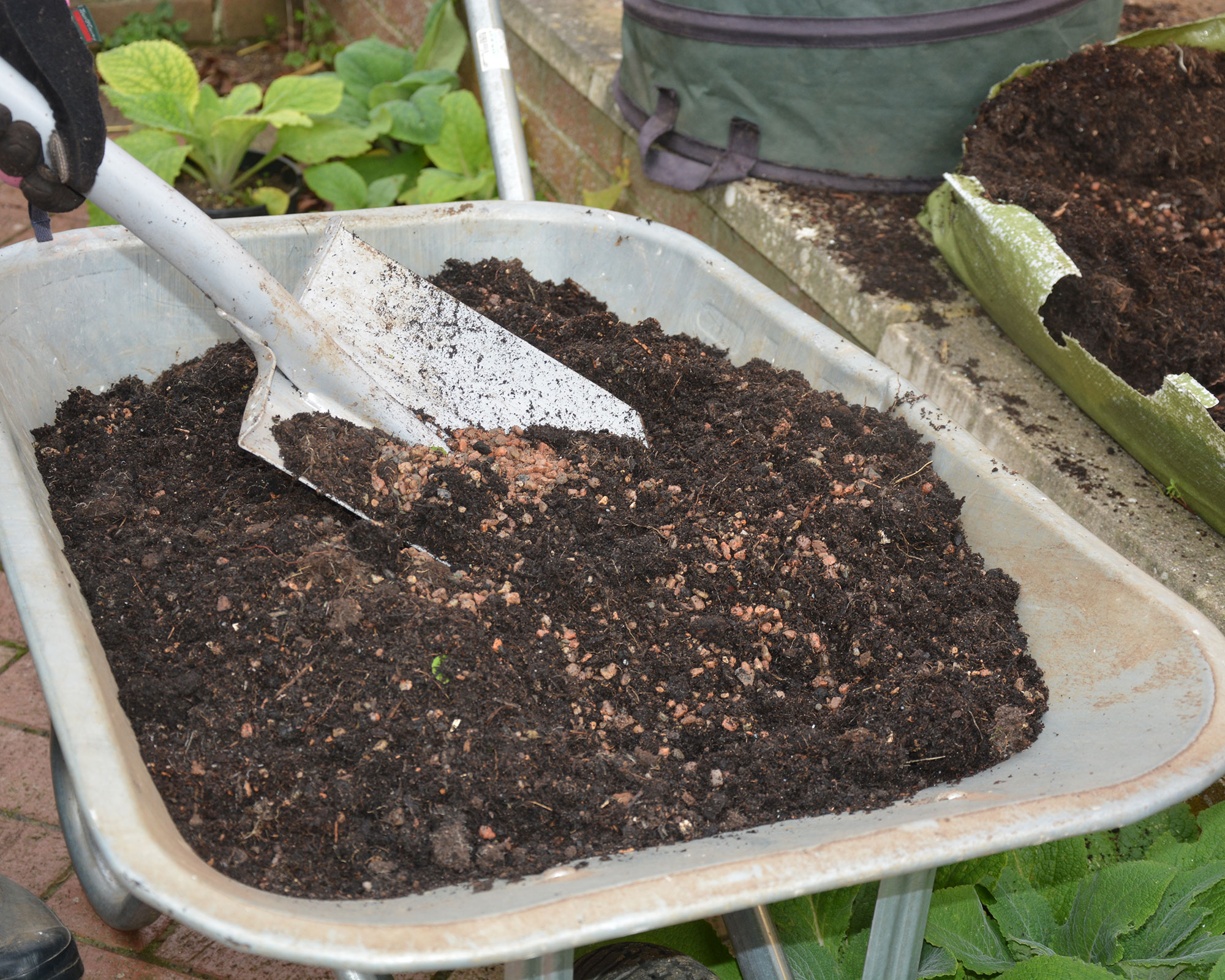
How do you prepare the ground for planting shrubs?
To prepare the ground for planting shrubs you first need to dig a hole.
'This should be twice as wide as the container the shrub is bought in, and also deep enough that the soil line of the root ball will sit slightly above ground level,' advise the experts at Miracle-Gro.
Fork through any hard compacted soil to loosen it up so that the roots are able to grow through it.
If the soil is very sandy or a heavy clay, mix in some well rotted organic matter, such as garden compost or soil conditioner, to help it hold water and drain better.
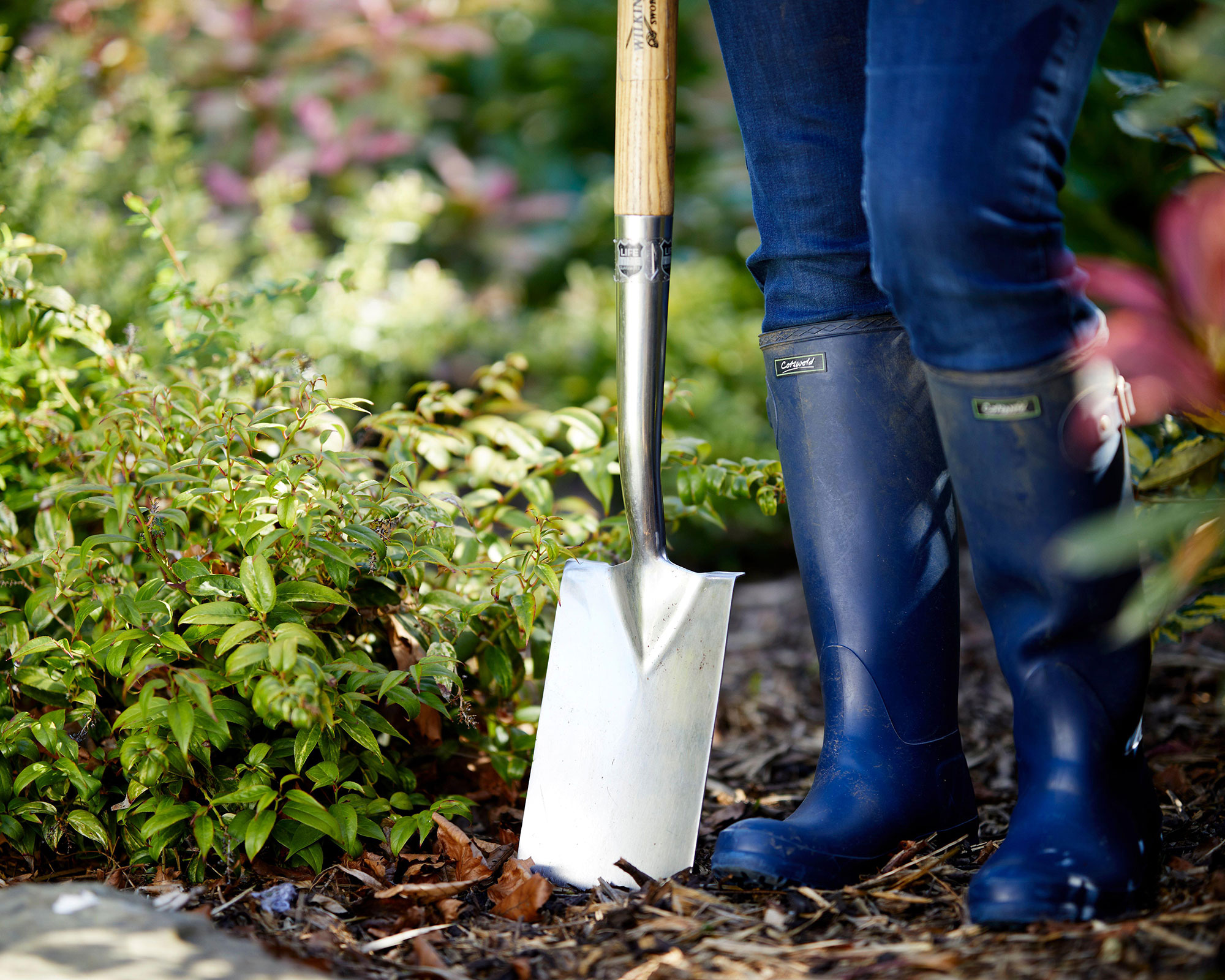
How do you properly plant shrubs?
If you want to know how to plant shrubs properly, then once you have prepared the site for planting, as above, you need to take the following steps:
- Thoroughly water the plant with a hose or watering can. 'Some people prefer to sit the plant in a bucket of water for about 20 minutes, before removing it and allowing the excess water to drain away,' explain the experts at Crocus.
- Water the hole.
- Gently remove the shrub from its pot. 'If the roots are very tightly packed, tease some out as this will help and encourage them to grow outwards into the soil more quickly,' advises the RHS.
- Place the shrub in the hole at the same level it was in the pot and taking care not to cover the stems – as this could cause them to rot. 'A way to check the shrub is the right height is by laying a bamboo cane or piece of wood across the top. Ideally the level around the perimeter of the hole and the top of the rootball should be exactly the same,' say the experts at Crocus. If the shrub is standing too high or too low, then either add or remove some of the soil.
- Start backfilling with the removed soil mixed with organic matter.
- Firm well in.
- Water the shrub again.
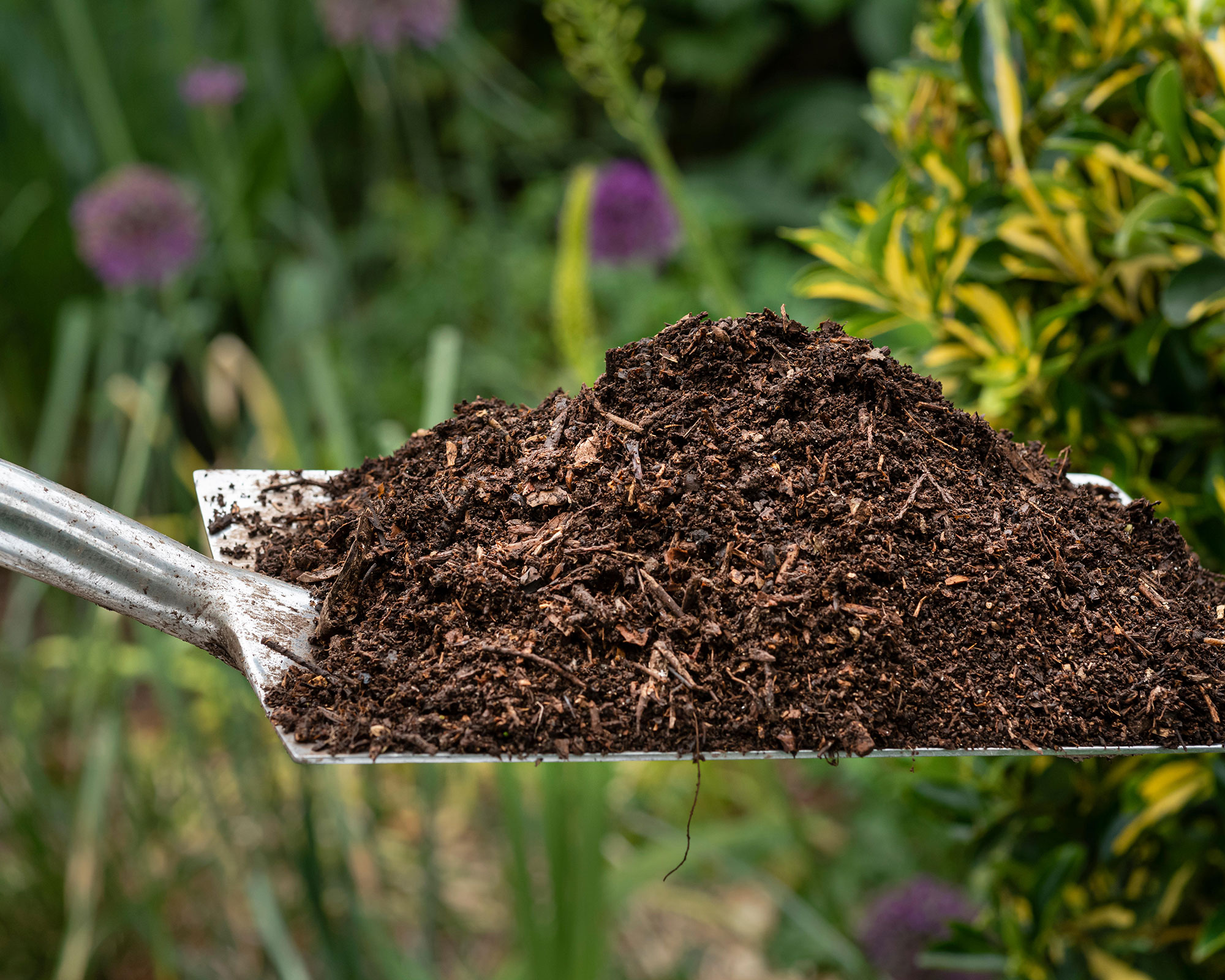
Many new shrubs will also benefit from mulching with organic matter, such as chipped bark or composted manure, which helps to conserve moisture in the soil.
'Add 3 inches of mulch on top of the soil, leaving about 1 to 2 inches of space around the trunk to prevent disease,' explain the Miracle-Gro experts.
How far apart should you plant shrubs?
How far apart you should plant shrubs depends on the growth habit pf the plant, and also how far its roots extend.
'Imagining how big a shrub will grow is hugely important. The correct spacing references the full-sized circumference of the shrub, not the size of what you plant. For example, whether planted as a one-inch seedling or a 4-gallon pot, Lemonade Berry, Rhus integrifolia, will need 6 feet of distance from the center of one plant to the center of the next,' explains John Cook of FormLA Landscaping
If you are looking to create fast growing hedges from your shrubs then you might choose to plant them closer together so that they form a dense 'green wall'. If they are just one focal element of your flower bed ideas, however, you need to consider how far apart they are planted and how this will impact on other surrounding planting.
You also need to consider the spread of the shrubs if you are planting them as part of front yard walkway ideas, as you don't want them to grow so large that they will impede access.
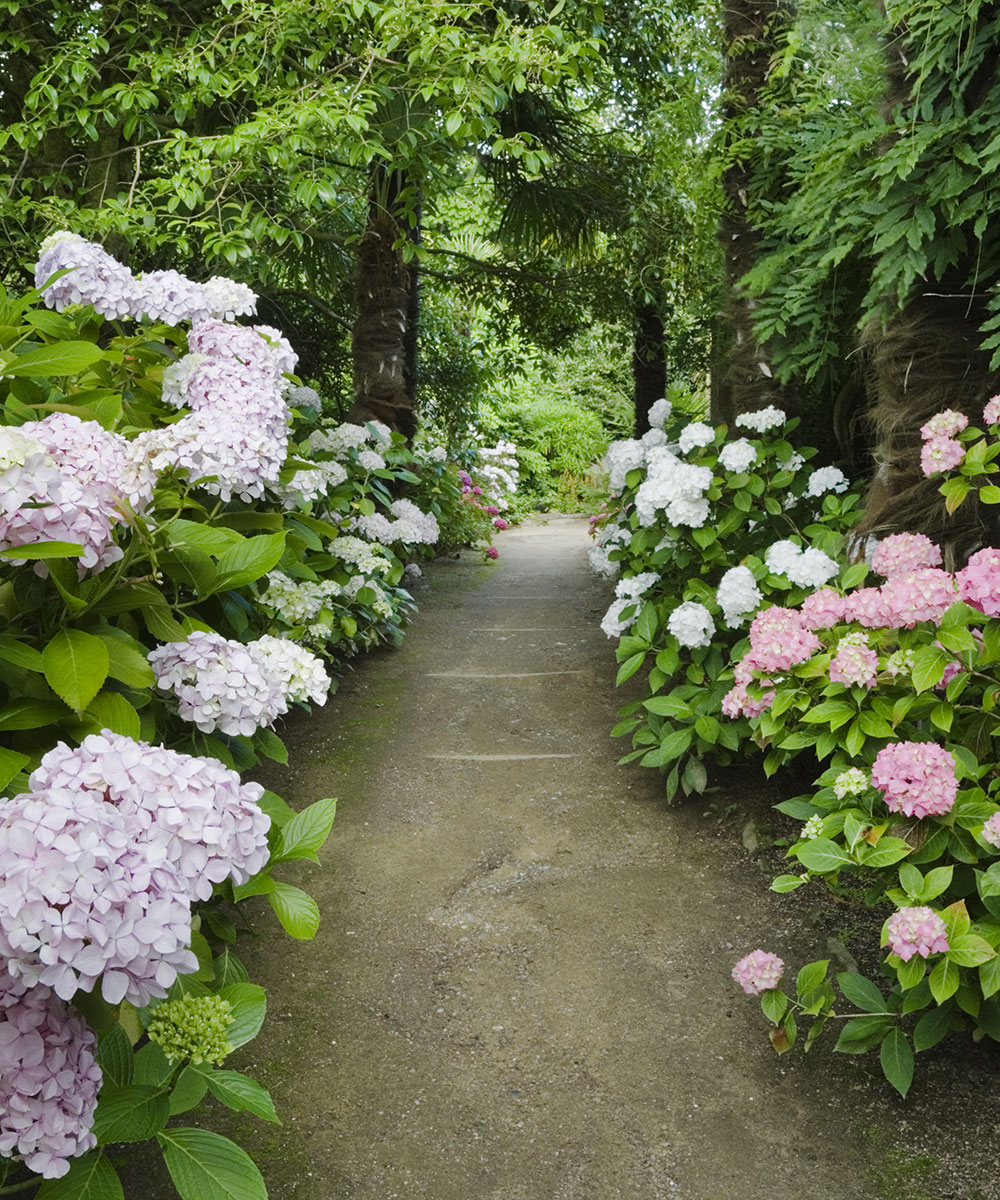
How do you care for a newly planted shrub?
If you have planted an evergreen shrub in spring, this will need regular watering, especially during dry spells, until it is established.
If you have planted a deciduous shrub in fall then it will not require as regular watering until the arrival of spring.
For shrubs planted in fall, 'you also need to decide if the shrub needs protecting,' advises Fiona Martin. This may be the case for more tender shrubs and those that are not frost hardy.
You will need to know how to protect plants from frost. One method is to 'erect stakes around the shrub to hold a fleece for a windbreak,' says Fiona.
With the right planting and care, your shrubs should last for many years.
Rachel is senior content editor, and writes gardening content for homesandgardens.com, Homes & Gardens magazine, and its sister titles Period Living Magazine and Country Homes & Interiors. She has written for lifestyle magazines for many years, with a particular focus on gardening, historic houses and arts and crafts, but started out her journalism career in BBC radio, where she enjoyed reporting on and writing programme scripts for all manner of stories. Rachel then moved into regional lifestyle magazines, where the topics she wrote about, and people she interviewed, were as varied and eclectic as they were on radio. Always harboring a passion for homes and gardens, she jumped at the opportunity to work on The English Home and The English Garden magazines for a number of years, before joining the Period Living team.
